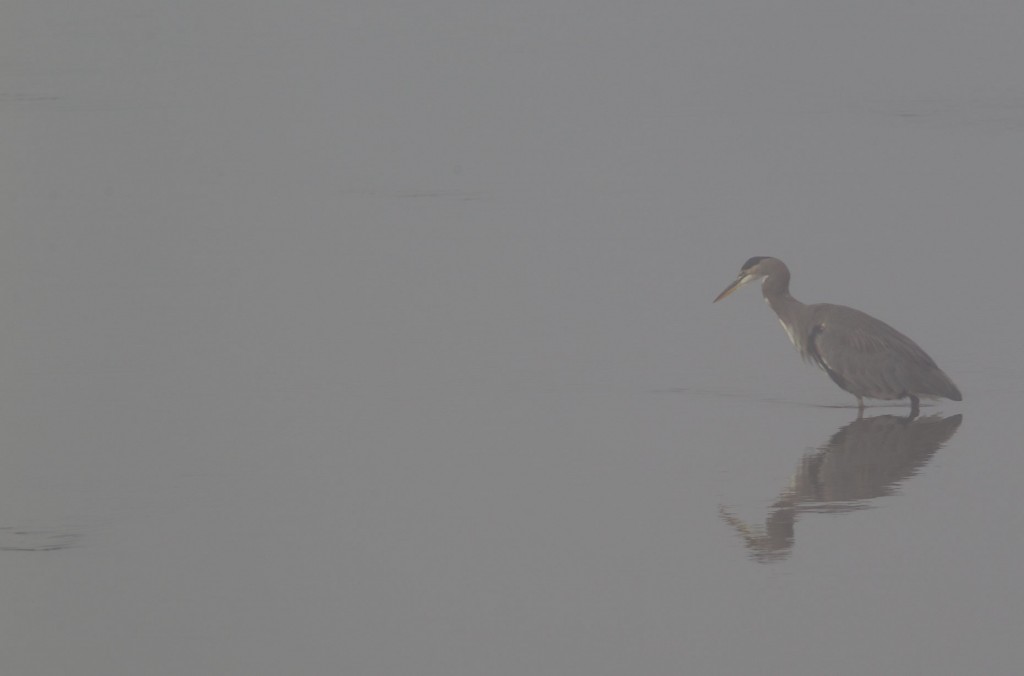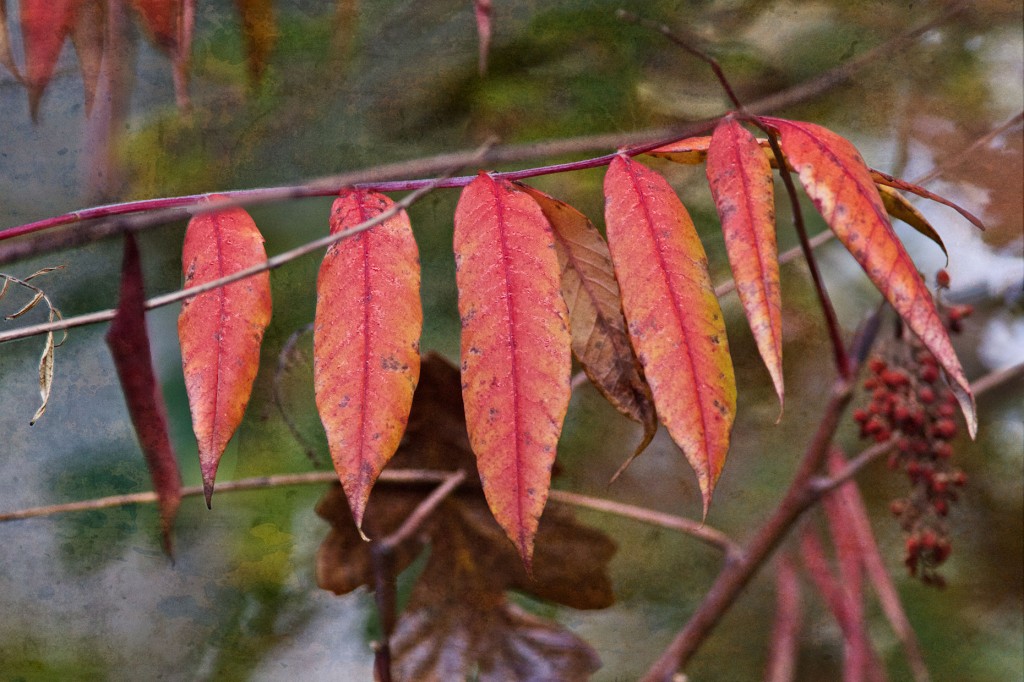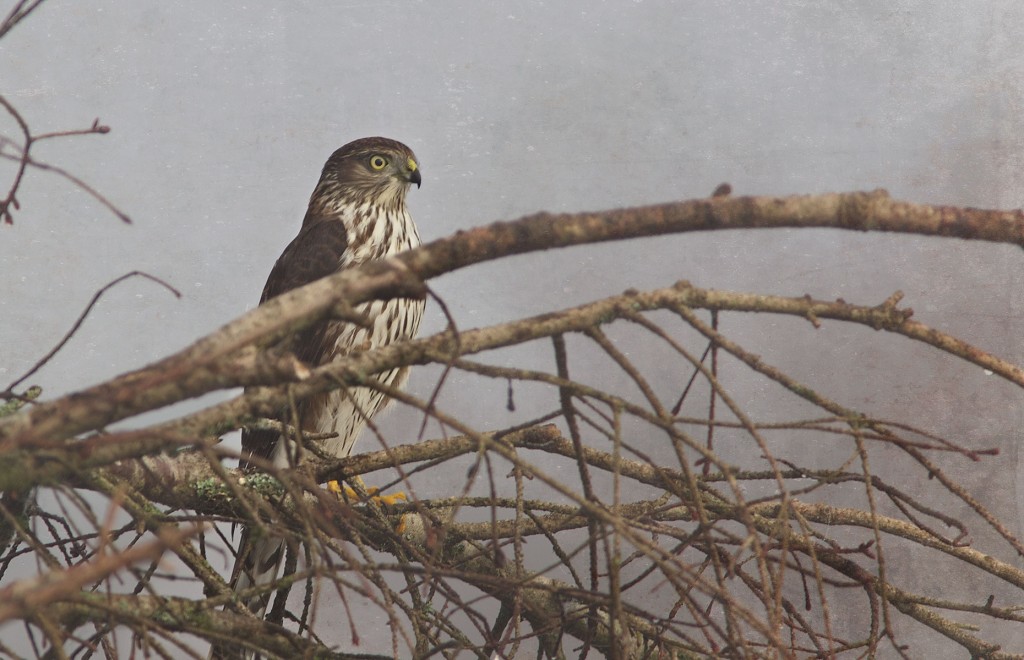It’s been quite awhile since I blogged about poetry, though I have been reading intermittently. It’s just that I have several volumes partially read and won’t write about them until I’ve finished the entire work. But the rainy season seems to have finally set in giving me more time to read.
After my recent trip on the Columbia River it seemed appropriate that I finish Simon J Ortiz’s Woven Stone, a poet I discovered through reading Joan Halifax’s The Fruitful Darkness . Though I was unaware of his work, Ortiz is apparently a well-known Native American poet. I’ll have to admit that at times I found his Native-American “philosophizing” intrusive and I preferred his concrete, narrative poems where his beliefs were implied, rather than stated, even though I tended to identify with his beliefs.
His best poetry reminds me of Gary Snyder’s poetry. Of course, I probably wouldn’t have made this connection if I hadn’t gone back and read the introduction after I finished reading the poems ( I avoid introductions before finishing a work so I can draw my own conclusions before comparing them to others’ perceptions.)
Because I was pretty impressionable then, when I came across the writings of the Beat Generation, especially those of Allen Ginsberg and Gary Snyder, I was struck as if by a revelation. It was “experience” I noticed, the idea of experience, writing from and about experience, and writing as experience. Snyder’s poetry particularly had aspects of Zen Buddhist philosophy I related to because they were similar in many ways to Native American spiritual knowledge and belief; reading the poetry and having in mind writing as experience, it was as if I’d know Buddhism all my life. And the revelation that was brought to light for me was that as an Acoma person I also had something important, unique, and special to say. I did not, however, express myself in writing immediately about it; then I recognized it and gladly shared a sense of comradeship and association with the philosophy, literature, and the poet.
Of course, it was precisely this similarity between “Zen Buddhist Philosophy” and “Native American spiritual knowledge and belief” that I admired in Halifax’s book. I’ve actually bookmarked a lot of poems in Ortiz’s book, but here’s one of the earliest ones I’ve admired:
BUCK NEZ
me from friends; I was
taking him home for my son
Ten miles
the other side of Nageezi,
we stopped a mile south of the highway.
I built a fire big enough
to signal the gods.
You slept against my neck,
curled by my soul. Once,
I awoke to a tiny whimper,
and I worried
that I should feed you
when I had nothing to eat
myself.
It rained that night, and it got cold.
In the morning,
I woke up to find
a puppy, you, yapping
like the original life,
a whole mystery crying
for sustenance.
We prayed.
What I want is a full life
for my son,
for myself,
for my Mother,
the Earth.
What I most admire about the poem is the concrete narrative, concrete details that recreate a simple moment that reveals much about the narrator, probably climaxing with the lines “and I worried/ that I should feed you/when I had nothing to eat/ myself.” It’s easy to like someone who puts a puppy’s needs before his own.
Personally, though, I would have deleted everything after “ a whole mystery crying/for sustenance” because it undercuts the rest of the poem and seems to be implied in the phrases “like the original life” and “a whole mystery crying/for sustenance.”















